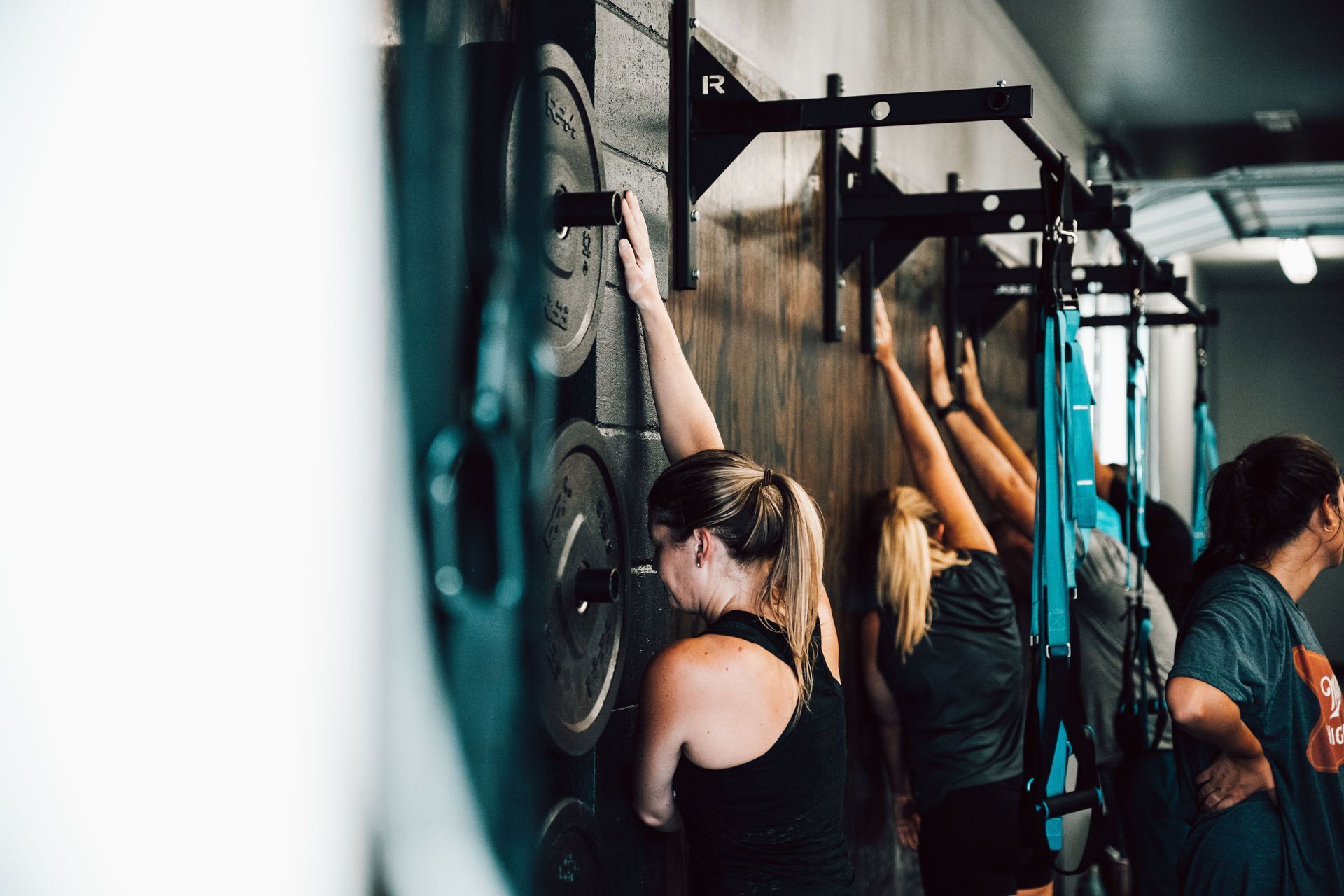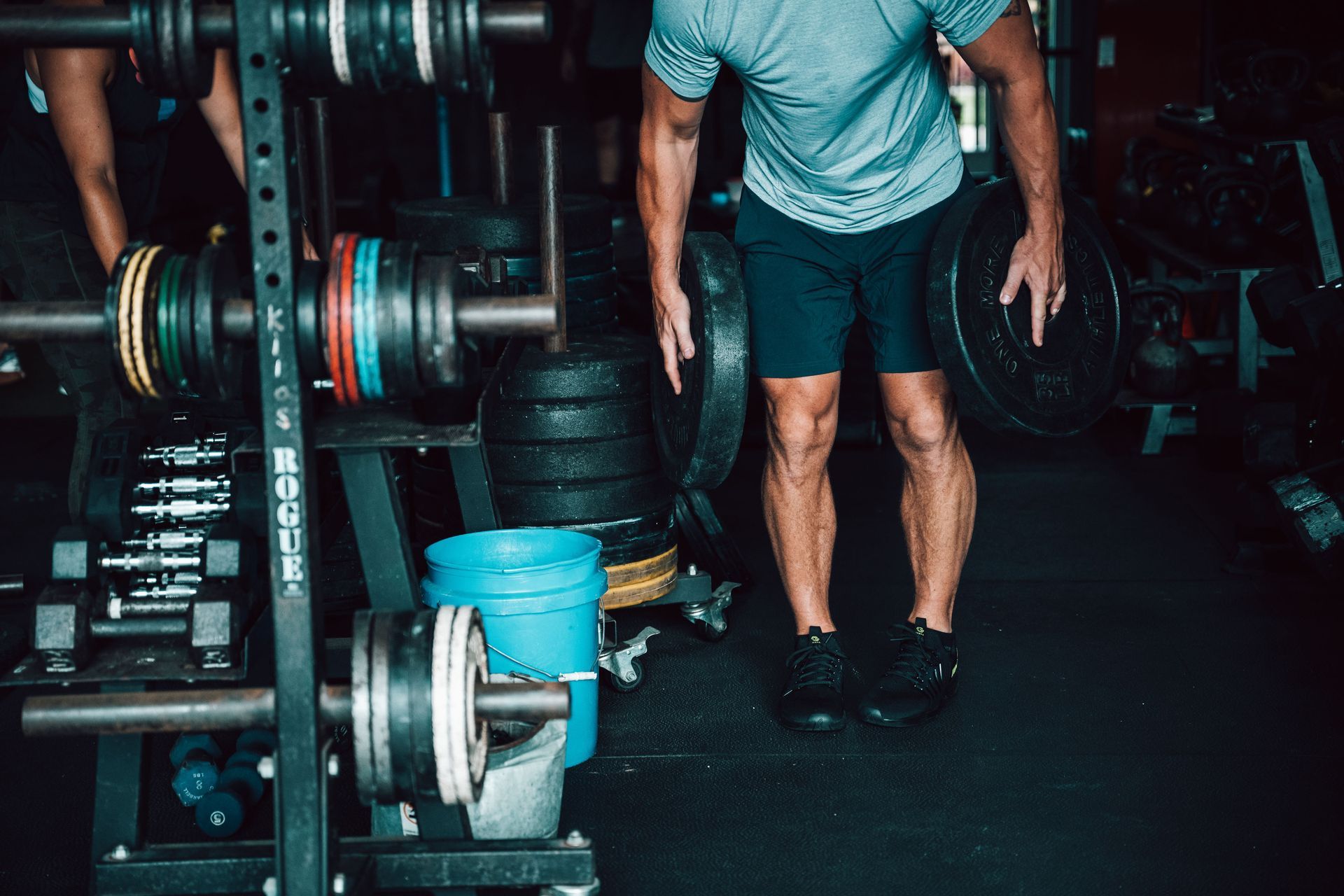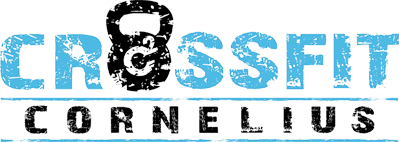The Cold Truth About Fitness Tech
Why Your Fitness Tracker Isn’t Making You Fitter
Everyone’s wearing a “smart” gadget these days — watches, rings, straps — tracking steps, sleep, heart rate, and recovery.
But here’s the uncomfortable truth: data doesn’t equal results.
The Problem: People Are Tracking, Not Training
According to the American College of Sports Medicine, wearable technology is the #1 global fitness trend of 2025.
The industry is worth over $80 billion, and nearly half of adults in the U.S. own a device that measures their every move.
So why aren’t we seeing better results?
Because most people have no idea how to use the data they collect.
Here’s what they get wrong:
- They chase “perfect” scores instead of consistent effort.
- They let low recovery or sleep scores become an excuse not to train.
- They focus on metrics instead of habits.
- They assume the device knows their body better than they do.
That’s like buying a high-end barbell and thinking the equipment alone will make you strong.
- It’s not the gadget — it’s how you use it.
What Actually Matters
Your tracker can measure recovery, HRV, and steps — but it can’t measure:
- Whether you’re eating enough protein.
- Whether you’re sleeping enough hours, not just “getting a score.”
- Whether your training plan matches your goals.
- Whether you’re consistent when life gets messy.
Real progress still comes from coaching, structure, and accountability — not notifications.
At CrossFit Cornelius, we don’t just track data.
We teach members how to interpret it — how to connect what the wearable says with what their body needs.
When used right, the tech becomes a feedback loop for smarter training and faster results.
How to Use Your Wearable the Right Way
- Pick one or two metrics that matter. Ignore the rest.
- Look for trends, not single days. Everyone has off-nights.
- Use data to guide behavior, not control it.
- Pair it with coaching. Tech gives numbers — coaches give context.
Wearables don’t make you better. Application does.
FAQ
1. Do fitness trackers actually improve results?
Fitness trackers can increase awareness of movement and recovery, but studies show that data alone rarely drives progress. Real results happen when that data is interpreted and paired with consistent habits, nutrition, and coaching. At CrossFit Cornelius, we use wearables to guide behavior—not replace it.
2. What should I focus on when using a wearable device?
Focus on a few key metrics that actually move the needle — like sleep duration, heart-rate recovery, and consistent daily activity. Ignore the noise. One or two meaningful data points tracked over time tell a much clearer story than dozens of fluctuating numbers. Research from the National Institutes of Health and the Journal of Strength and Conditioning shows that tracking just a few validated indicators—particularly sleep quality and heart-rate variability—correlates more strongly with recovery, performance, and body composition than broader, less specific metrics. Consistent trend data provides actionable insight, while daily fluctuations often reflect short-term stress or measurement error rather than true physiological change.
3. How can coaching make my fitness tracker more effective?
Coaching turns raw data into direction. A qualified coach helps you connect your wearable data (like HRV or recovery scores) to your nutrition, stress, and training habits. That’s where sustainable change—and real performance improvement—comes from.
If you’re tired of guessing what your numbers mean, let our team help you translate data into results. Book a free consult below and learn how to make your data work for you.
Ready to Stop Tracking and Start Progressing?
At CrossFit Cornelius, we help busy people go beyond the gadgets — turning data into direction, and direction into results.
If you’re tired of collecting numbers without seeing change, it’s time to fix that.
Book a free consult today and learn how to use the data you already have to train smarter, recover better, and finally move the needle.
#onwardandupward
#CrossFitCornelius #RealResults #DataDrivenFitness #WearableTech #FitnessDoneRight




